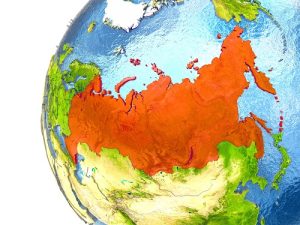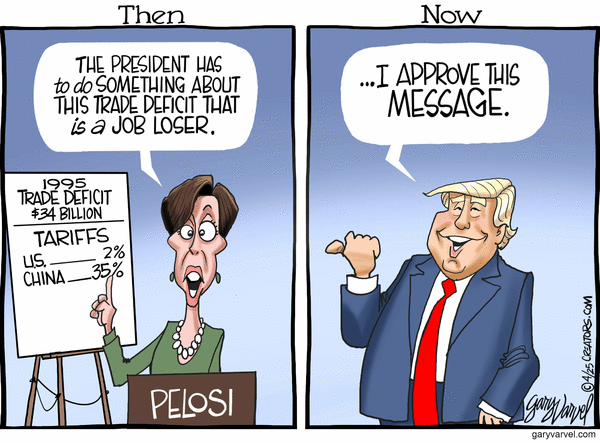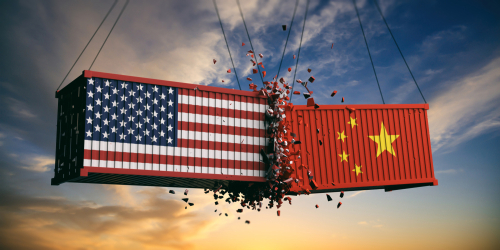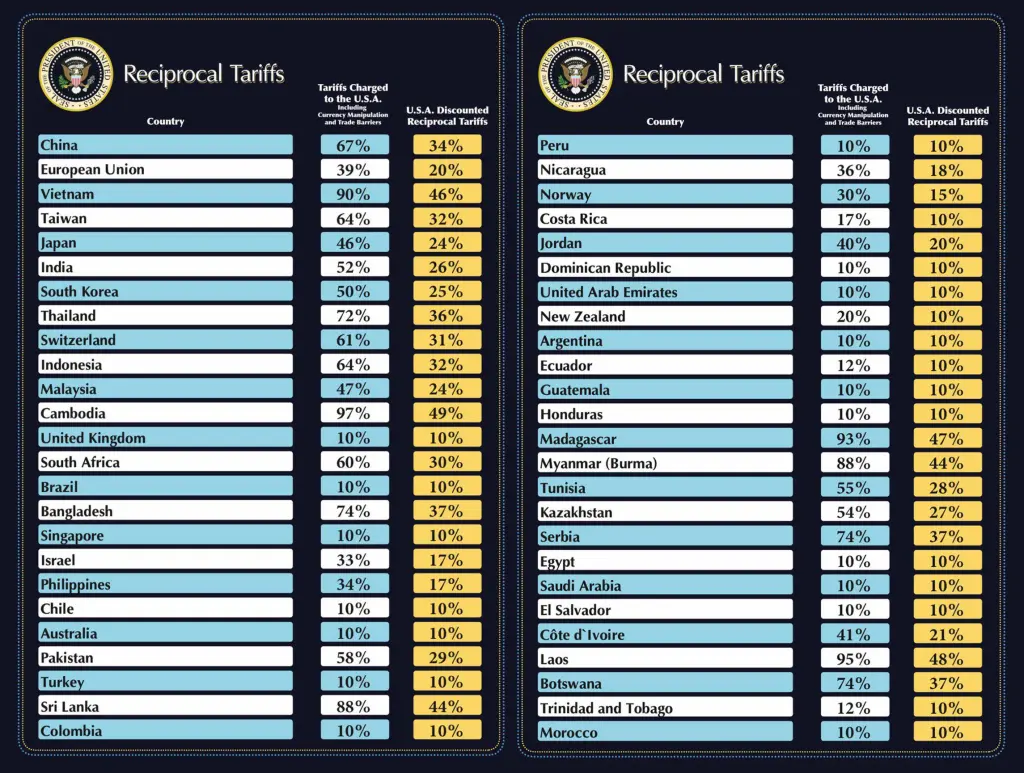Everyone knows by now that Russia is a top exporter of energy. In 2021, 43% of total exports were mineral fuels, and Europe was the primary buyer. Let us take a look at Russia’s other tools of trade:
- Mineral fuels including oil: US $211.5 billion (43% of total exports)
- Gems, precious metals: $31.6 billion (6.4%)
- Iron, steel: $28.9 billion (5.9%)
- Fertilizers: $12.5 billion (2.5%)
- Wood: $11.7 billion (2.4%)
- Machinery including computers: $10.7 billion (2.2%)
- Cereals: $9.1 billion (1.9%)
- Aluminum: $8.8 billion (1.8%)
- Ores, slag, ash: $7.4 billion (1.5%)
- Plastics, plastic articles: $6.2 billion (1.3%)
This list accounted for 68.8% of all global shipments last year. Iron and steel exports rose 80.4% from 2020 to 2021, and fertilizer saw a 78.5% gain. Granted, the pandemic prevented much trade in 2020. Fuel is still in high demand and Asian and Middle Eastern countries have not ceased purchases. We have been braced for the fertilizer shortage that will disrupt food production internationally. Fertilizer is absolutely essential for agriculture, despite the climate zealots’ propositions to reduce its usage.
Interestingly, we see a number of important building materials on this list, such as iron, steel, and wood. These materials are crucial for building, and with the global housing shortage, they are needed more than ever. Russia is also one of the top exporters of gold and is a commodity-rich nation. Expect Russia to sell these items to nations that are not imposing sanctions only for those nations with sanctions to repurchase them at a premium.
Highest generating trade products for Russia (2021):
- Mineral fuels including oil: US$209.2 billion (Up by 49.2% since 2020)
- Gems, precious metals: $30.4 billion (Up by 3%)
- Iron, steel: $23 billion (Up by 87%)
- Fertilizers: $12.3 billion (Up by 79.1%)
- Wood: $10.9 billion (Up by 44.3%)
- Cereals: $8.9 billion (Down by -1.6%)
- Aluminum: $7.3 billion (Up by 66.7%)
- Ores, slag, ash: $5 billion (Up by 111.3%)
- Copper: $4.2 billion (Up by 4.1%)
- Fish: $3.7 billion (Up by 26.1%)
Here is where Russia falls short, noting their top ten trade deficit products (2021):
- Machinery including computers: -US$43.6 billion (Up by 25.1% since 2020)
- Electrical machinery, equipment: -$30.7 billion (Up by 18.6%)
- Vehicles: -$23 billion (Up by 46.7%)
- Pharmaceuticals: -$11.3 billion (Up by 15.2%)
- Optical, technical, medical apparatus: -$7 billion (Up by 5.2%)
- Plastics, plastic articles: -$6.4 billion (Up by 15.5%)
- Fruits, nuts: -$5.3 billion (Up by 4.1%)
- Ships, boats: -$3.8 billion (Up by 170.9%)
- Knit or crochet clothing, accessories: -$3.7 billion (Up by 32.4%)
- Clothing, accessories (not knit or crochet): -$3.6 billion (Up by 1.1%)
If you look at this list, there is a clear opportunity for Russia’s trading partners. While the West is providing Ukraine with machinery, equipment, and military vehicles, other nations are condemned for doing so. Vehicles are down globally, with the semiconductor shortage as one of the culprits. Fruits, nuts, clothing, and knitting accessories can all be easily obtained from Russia’s Eastern trading partners. Pharmaceuticals could present a problem, however, Russia can turn to India for this need. India became one of the world’s largest pharmaceutical exporters in 2021, and they seem more than willing to use their neutral position in this war to benefit economically.
Russia’s exports seem to hold more importance on a grand scale than the products they must import. Sanctions always fail. The winner will be those who remain neutral.










